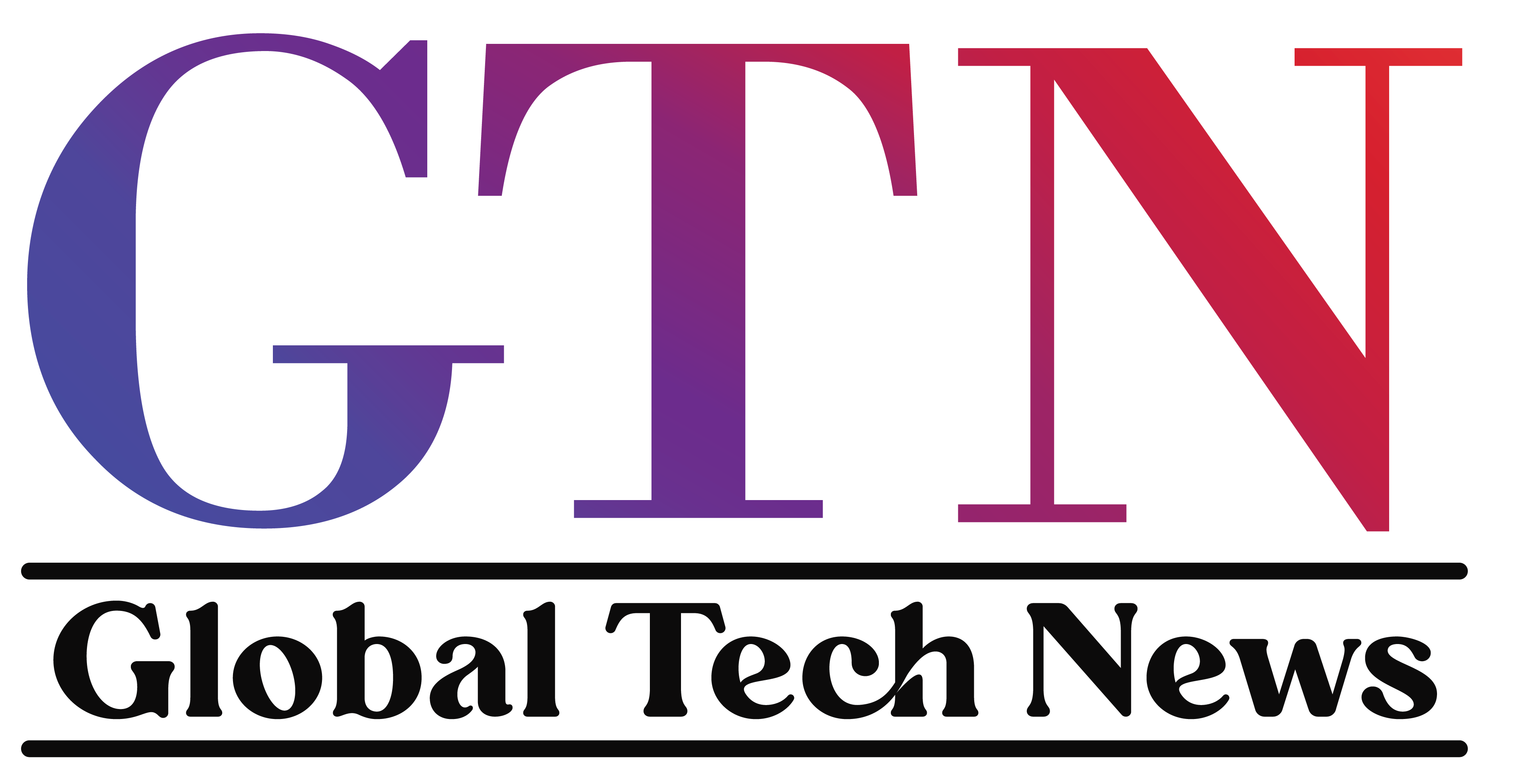Not all workloads — or budgets — will profit from these cloud instance types of GPU instances, despite the fact that they can provide compute-intensive apps with the processing boost they require.
Businesses are searching for new cloud instance types as AI, machine learning, and big data analytics become more widely used.
Enterprises require greater processing power to process their expanding data sets. That problem can be resolved with the aid of a graphics processing unit (GPU), which is often used for graphics-intensive applications but is also appropriate for some compute-intensive ones.
What types of tasks are benefited by GPU instances?
Not all applications or workloads are appropriate for GPU instances. Consider your application’s requirements carefully before you get started, and keep in mind that these instance types are often suitable for workloads that require a lot of computation.
Due to the parallel computing capabilities of the processors, some business analytics applications are ideally suited for GPUs, and AI applications can also be a good fit. Other compute-intensive applications, such as those used for video creation, virtual desktop infrastructure, and engineering simulation, can profit from these instance types as well. Businesses that use supercomputing for academic research can also benefit from GPUs.
What difficulties or dangers do GPU cases present?
Although deploying the technology internally might be less expensive, GPU-based cloud instances are often more expensive than their virtual CPU-based equivalents. For some IT teams, there may be a learning curve associated with the kinds of workloads that run on GPUs.
The prices for the GPU alternatives from Google, Azure, and Amazon Web Services (AWS) range from $0.70 to $0.90 per GPU per hour. In contrast, the hourly price for general-purpose, virtual CPU-based instances on AWS is $0.0058.
Moreover, high-performance computing (HPC) programmes, which often use GPUs, frequently demand specialist programming as well as familiarity with particular tools and frameworks like Apache Spark, TensorFlow, and Torch. Businesses might need to spend money on training.
What cloud service providers supply GPU instances?
The top cloud infrastructure vendors each have their own line of GPU instances. Elastic GPUs from AWS can be networked-attached to Amazon Elastic Compute Cloud (EC2) instances. The user then chooses the GPU to attach after deciding which EC2 instance type best suits the compute, memory, and storage needs of their application. AWS offers four choices with 1,024 to 8,192 MB of GPU memory.
The N-series VMs of Azure include GPU instances, which are available in two flavours: NC and NV. The Tesla K80 card from Nvidia powers the NC sizes, which are designed for network- and compute-intensive workloads. NV sizes use Nvidia’s Tesla M60 GPU card and Nvidia Grid and are designed for visualisation, gaming, and transcoding.





